Table of contents
Innovative Tech and Trends in 2022
“Volatility lead to gaps, those gaps lead to market spaces, market spaces that need to be filled by new and aspiring entrepreneurs.” Our President and Founder, Kevin Mako, first stated this at MAKO Student Innovation Awards at the height of the pandemic in 2020. Indeed, we witnessed companies successfully pivot or identified new opportunities despite the challenges brought on by the COVID-19 pandemic. Companies are now paving the way with tech innovation and new products to improve our well-being or provide new social and virtual experiences. With that in mind, here are the top nine high-tech innovations to look forward to in 2022.
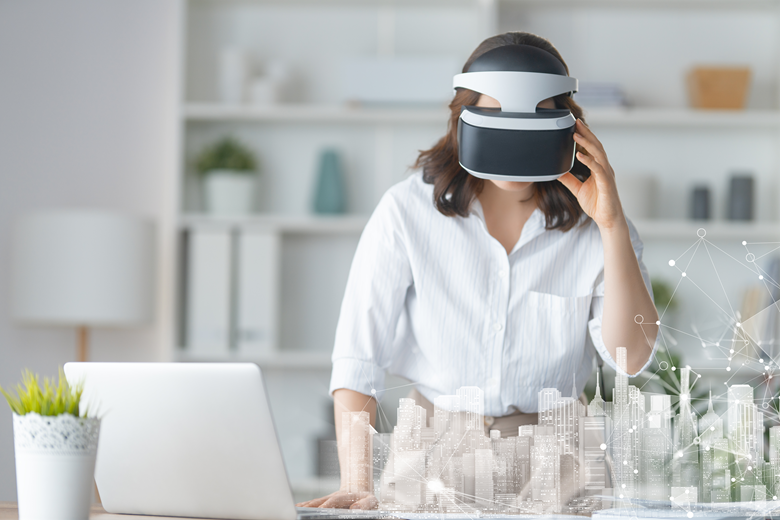
1. Metaverse
Whether you believe the hype or not, there’s something intriguing about the potential of the metaverse; these virtual, persistent, and ever-changing worlds.
From what we’ve seen and heard so far, it goes beyond Zoom-like virtual communications, VR-like entertainment, and AR-like interactivity – allegedly. It’s kind of like the tech and innovation we have already but expanded in new and peculiar ways. However, our current applications of the metaverse are similar to the early days of the internet, we simply haven’t discovered the full capabilities of this tech innovation quite yet.
Launched in 2003, the video game Second Life appears to be the earliest iteration of a metaverse technology. In this virtual world, players communicate and interact with one another using avatars. Since then we’ve seen similar applications of this tech innovation in other games like World of Warcraft, where thousands of gamers play and even trade, purchase, and sell digital goods with one another.
Fast forward to 2021, Facebook simultaneously announced their rebrand to Meta and the development of their own metaverse. Their imagining of the metaverse blends the real and virtual seamlessly. Thanks to the development of AI and haptic technology, the prevalence of VR and AR technologies, and powerful computing hardware, companies like Meta aim to provide an immersive mixed or fully virtual experience like nothing else before. Straightforward applications might be digital shopping mall experiences with friends to purchase digital products. More complex applications, as Meta showed in its announcement video, are the use of holograms in mixed reality experiences. For example, you might have a personal trainer that seems like they’re in your home to assist your workout routine.
Despite the progress made, the technology is still in its infancy. Which really just means more opportunities for inventors to unlock the potential of this innovative tech.
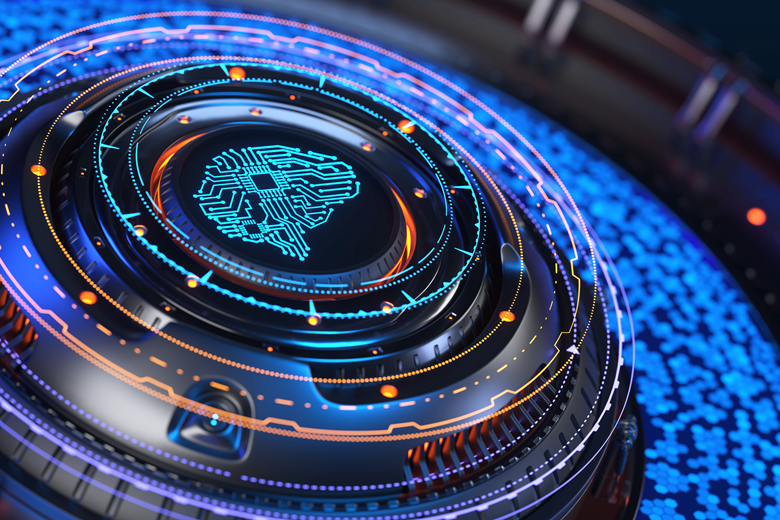
2. Decision Intelligence
The constant pursuit of progress has led us down the path of developing processes to improve and streamline the decision-making process. Toyota, known for the Kaizen continuous improvement model, helped them become one of the most reliable car manufacturers in the world. You’ve also probably heard the term agile project management, the iterative approach to developing products, especially software.
The pattern across all of these models is that we collect data, identify opportunities, make hypotheses based on the data, finalize a decision, execute, then repeat. Depending on the size of teams, the complexity of projects, and a multitude of other variables, this process can be long, arduous, and, at the end of the road, might not even produce meaningful results.
The next evolution of this is leveraging the power of AI to compute inputted data to help businesses make smarter and more effective decisions.
This is called decision intelligence. Whatever industry or sector, decision intelligence helps businesses maximize their ROI and help meet objectives.
Retailers for example can use decision intelligence to gather data about demographics and buying habits to help predict the demand for products. Thus, this helps businesses identify what they need to purchase or restock and in what quantities while minimizing the products going out-of-stock and optimizing the use of the limited storage space. Marketers and account managers can use decision intelligence to create more personalized experiences to develop stronger relationships and earn customer loyalty. The data from historical transactions and purchasing habits help narrow down and predict customer LTV, churn, needs, and preferences. This information helps businesses build highly targeted email, social media, and advertising campaigns.
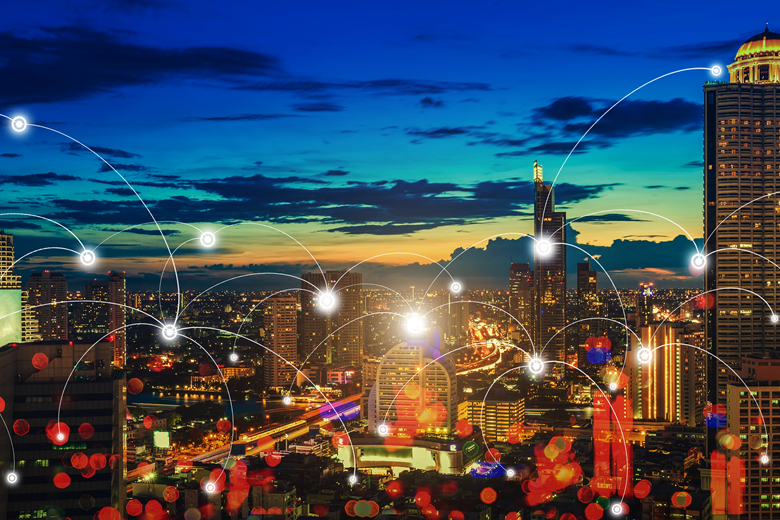
3. Smart City Technology
Also known as smart infrastructure, think of smart city technology like IoT, but at a municipal scale. Much of our work at MAKO has some IoT component to it. IoT devices, like our client’s PetBot, connect to other devices to share data.
So municipalities adopting smart city IoT technology uses data provided by our smartphones, vehicles, and IoT infrastructure to help improve the overall quality of life in highly technological and urbanized areas.
For example, smart city technology can be used to decrease traffic congestion. Synced traffic lights based on real-time data help improve the flow of traffic. By pulling data from surrounding vehicles, drivers receive navigation updates that provide an optimized route to their destination. Another application is for drivers to view vacant parking spots in a parking lot. Not only does this minimize the amount of time wasted looking for a space, but also helps reduce unnecessary risk to pedestrians walking to or away from their vehicles.
This innovative tech also makes our cities more sustainable. In Dallas, they adopted a smart water monitoring system that tracks water usage in the city in real-time. Thus, they pinpoint where water leaks happen almost immediately and help reduce unnecessary water wastage not to mention potential damage. In Chicago, streetlights automatically dim when not in use to help minimize electricity consumption as well.
In addition, there are plenty of other applications such as safety, health, and even cost of living. Another great thing about this technology? We can retrofit existing infrastructure to accommodate this tech innovation.
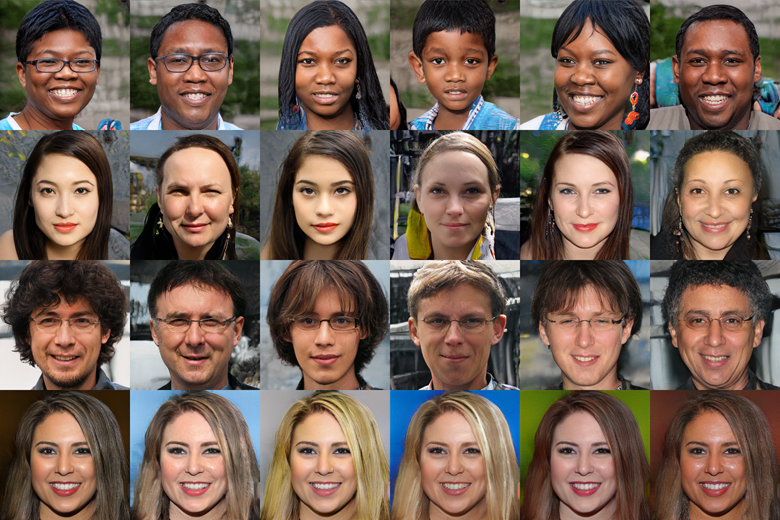
4. Generative AI
None of those faces above are actually real.
Like decision intelligence, this is another AI-powered technology. Generative AI is a tech innovation that uses images, videos, code, text, and other content to create new, artificial versions of the content. Generative AI detects patterns in the original content to output similar content. This is accomplished through a number of techniques such as GANs (generative adversarial networks).
In short, GANs use two neural networks, a generator and a discriminator, that work against each other to help filter appropriate data from irrelevant data. The generator outputs new content designed to resemble the content from the original source. The discriminator compares how similar or different the new content is from the original. So, as the generator develops more content, the discriminator becomes more accurate. One use case for GANs is for creating realistic photos of people’s faces. NVIDIA released the third iteration of StyleGAN last year and proved just how realistic artificially created portraits can be.
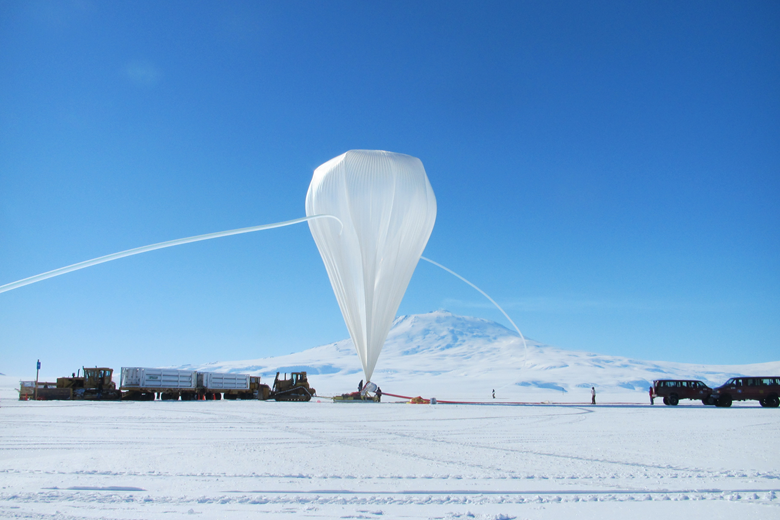
5. Stratospheric Balloons
These high-altitude and recoverable balloons float all the way up in our stratosphere. Stratospheric balloons occupy a unique part of airspace that’s too low for satellites and too high for commercial airplanes. These balloons then either drift at constant altitudes or stay fixed by riding stratospheric winds.
As a result, these balloons can be used in a variety of important applications.
For example, a balloon floating safely above the eye of a hurricane can measure the storm’s eye-wall circulation and wind intensity to help predict its trajectory.
NASA and the Canadian Space Agency use stratospheric balloons for scientific research and testing in space-like environments. Typically made with thin plastic filled with helium, stratospheric balloons can reach the size of the Eiffel Tower when fully inflated. Astoundingly, these balloons require no fuel. Instead, balloon launches are highly dependent on weather conditions. The upside is that these near-space faring balloons cost significantly less than launching a satellite from the earth and provide much faster results.

6. 3D Printed Housing
With housing prices soaring faster than ever, this tech innovation might be one of the answers that we’re looking for.
TAM, an additive manufacturing company in the Netherlands, and World Housing, a Canadian housing charity, have teamed up to develop Canada’s first affordable village. Together, their mission is to help solve issues of homelessness.
To build these houses they use 3D concrete printing.
But why 3D printing? One key aspect of MAKO Design’s end-to-end product design services is 3D printing. If required, 3D printing is an exceptionally affordable and efficient method to develop physical versions of the product for testing, especially in the product prototyping phases. With a physical prototype, our clients’ can test units with real users to identify real improvement opportunities based on real feedback and refine and perfect the product prior to production.
Similarly, 3D concrete printing offers a more efficient and less wasteful housing construction process compared to typical methods. Labor, shipping, and assembly costs are further reduced as the concrete parts can be printed on-site. For the same reason, printers can be moved to different locations to build in places that aren’t as accessible or with limited manufacturing capabilities. This innovative technology also allows for unique parts to be built for a custom and more human-centered design.
Their proof of concept, the Fibonacci house, is a 300 square feet 3D printed home in Nelson, BC. It’s even rentable on Airbnb if you want to take look for yourself.

7. Reduced Carbon Shipping
Sustainability is one of the biggest ongoing trends in this industry. One of the areas many companies are trying to reduce their carbon footprint in is the shipping process.
Freight transportation, specifically, produces eight percent of the global greenhouse gas emissions as they tend to use lower-grade and highly pollutant fuels. That number bumps up to almost 11 percent when taking into account ports and warehouses.
Companies like DHL offer various products and services to help limit the carbon footprint of freight shipping. Their Green Danmar option includes carriers that are five percent more carbon-efficient than the industry average. They even incorporate bicycles and electric vehicles in their fleet.
FedEx is also committed to carbon-neutral operations by 2040. They aim to phase out their ICE vehicles and electrify their entire last-mile delivery fleet by 2040. In addition, they’re investing in alternative fuels to reduce aircraft and other vehicle emissions. Other measures include investing in renewable energy and sustainable packaging solutions.
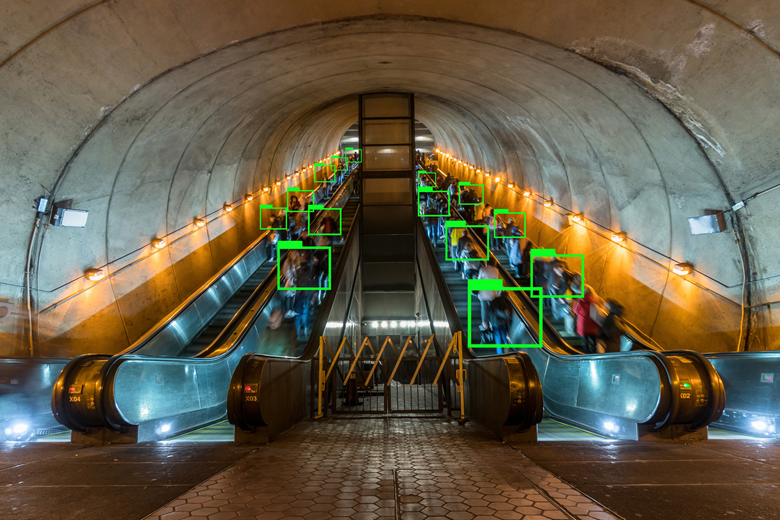
8. Computer Vision
Like decision intelligence and generative AI, computer vision is another branch of artificial intelligence. Computer vision is how computers can pull patterns and other information from visual content, such as pictures and videos, and take actions or provide recommendations to us based on that information.
Thus, computer vision is how we train computers to learn what kind of patterns or information we want the computer to recognize. The more data we provide, the more accurate the computer vision results will be. This process is called machine learning.
Computer vision is set to become a cornerstone of new tech innovations. Self-driving cars need to accurately identify other cars in closer proximity, pedestrians, and street signs. Computer vision will help media professionals streamline the digital asset management process. At sports venues, computer vision can help identify a football, basketball, or hockey puck for smoother camera tracking.
Google already uses computer vision as part of its translation software on smartphones. Simply point the camera at the text you want to translate and Google uses computer vision technology to provide an accurate translation based on the shape and styling of the original text. Just point your camera and read, no need to type any foreign characters on your smartphone
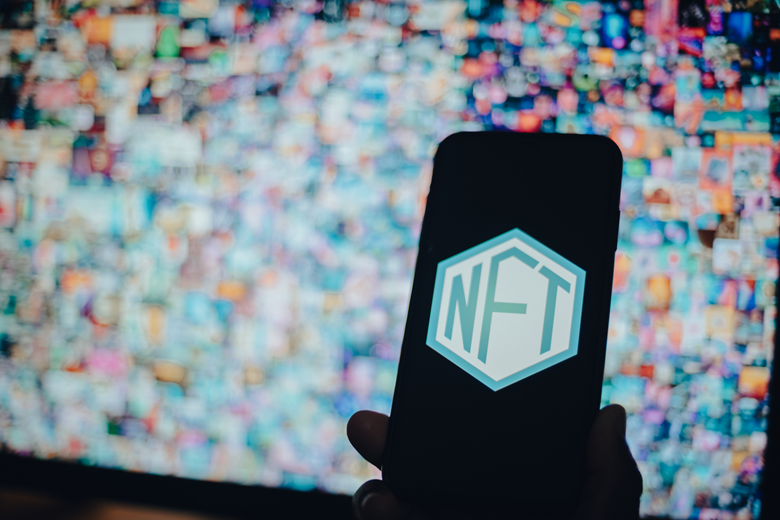
9. NFTs
Probably the most polarizing piece of innovative tech on this list. To understand NFTs, you need to know two things first.
- A blockchain is a secure digital database that stores information permanently. Anything entered in this database is irreversible.
- An NFT (non-fungible token) is anything digital and one-of-a-kind.
Once an NFT becomes part of a blockchain, there is verifiable proof of who owns the original copy of the NFT. Currently, most NFTs are part of the trusted and decentralized Ethereum blockchain.
NFTs can be anything from videos, games, art, and so forth. And Just like any digital file, it can be copied or downloaded. But, no matter how many copies are in existence, there will never be a dispute about who owns or purchased the true original thanks to blockchain technology.
As a result, we’ve seen a surge in the popularity of art-related NFTs. You may have heard about a 90-second by Grimes that sold for just under $390,000. The Merge by Pak sold for a whopping 91.8 million dollars.
Again, to clarify, these are just digital files.
Some argue that NFTs are the future of art collecting because these digital pieces are nearly impossible to steal. Others say that it’s just a scam because the original artist could technically upload a second or third replica of the original piece of art, thereby diluting the value of the original. We’d love to hear your thoughts on NFT, let us know what you think in the comments below.
Final Notes
High tech innovations change so rapidly that there always seems to be new opportunities for inventors and entrepreneurs to start new ventures. Even in the face of a global pandemic, companies continue to show their resilience and find ways to provide value to others; whether it’s for safety, sustainability, or pure entertainment purposes. If these tech innovations have inspired you to develop your own idea or iterate on an existing one, we’d love to help you bring it to life. Even if you just have questions and want to learn more about the technologies listed here, contact us anytime.
About: MAKO Design + Invent is the original firm providing world-class consumer product development services tailored to startups, small manufacturers, and inventors. Simply put, we are the leading one-stop-shop for developing your physical product from idea to store shelves, all in a high-quality, cost-effective, and timely manner. We operate as one powerhouse 30-person product design team spread across 4 offices to serve you (Austin, Miami, San Francisco, & Toronto). We have full-stack in-house industrial design, mechanical engineering, electrical engineering, patent referral, prototyping, and manufacturing services. To assist our startup and inventor clients, in addition to above, we help with business strategy, product strategy, marketing, and sales/distribution for all consumer product categories. Also, our founder Kevin Mako hosts The Product Startup Podcast, the industry's leading hardware podcast. Check it out for tips, interviews, and best practices for hardware startups, inventors, and product developers. Click HERE to learn more about MAKO Design + Invent!







